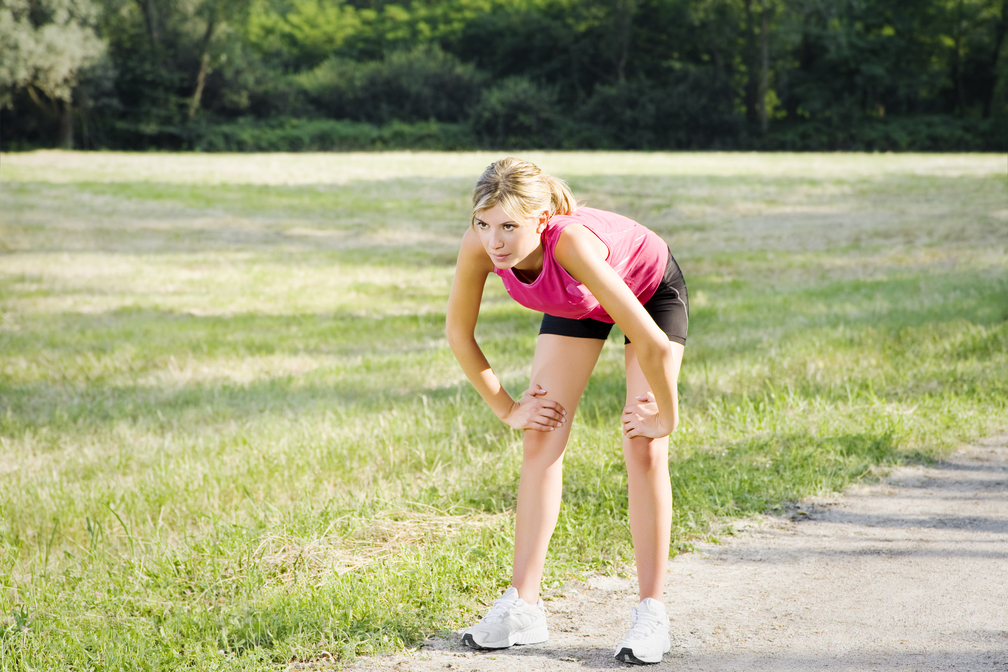Many athletes perform some sort of regular warm up and cool off during training and racing. A suitable warm up increases the blood flow to the working muscle which results in diminished muscle stiffness, less risk of trauma and a better performance.
Additional advantages of a warm up before exercising include physiologic and psychological preparation.
Free Download: Top 5 Exercise Mistakes8 Advantages of a Suitable Warm Up Before Exercising
1. Modified Muscle Temperature
The temperature increases inside muscles that are utilized during a warm up routine. A warmed up muscle both contracts more forcefully and loosens up more promptly.
In that way, both speed and strength may be heightened. Likewise, the chance of pulling a muscle and causing trauma is far less.
2. Modified Body Temperature
This betters muscle elasticity, likewise cutting back the risk of strains and pulls.
3. Blood Vessels Enlarge
This brings down the resistance to blood flow and lower strain on the heart.
4. Better Efficient Cooling
By triggering the heat-dissipation mechanisms in the body (effective sweating) an athlete may cool quickly and more efficiently and help prevent overheating early in the event or race.
5. Modified Blood Temperature
The temperature of blood increases as it goes through the muscles. As blood temperature climbs, the binding of oxygen to hemoglobin de-escalates so oxygen is more readily useable for working muscles, which might better endurance.
6. Bettered Range of Motion
The range of motion around a joint is modified.
7. Hormonal Shifts
Your body increases its production of assorted hormones responsible for regulating energy production. During warm up this equilibrium of hormones makes more carbs and fatty acids available for energy manufacturing.
8. Mental Prep
The warm up is also a great time to mentally prepare for an event by clearing the mind, increasing centering, critiquing skills and technique. Favorable imagery may likewise relax an athlete and establish concentration.
Typical Warm Up Exercises
To warm up before exercising you can start by slowly increasing the intensity of your particular sport. This utilizes the particular skills of a sport and is occasionally called a related warm-up. For runners, the idea is to jog for a while and add a few sprints into the routine to engage all the muscle fibers.
Another option is adding motions that are not related to your sport in a slow steadfast fashion. For example, calisthenics or flexibility exercises. Ball players frequently utilize an unrelated workout for their warm up.
So, which to pick?
The best time to stretch a muscle is after it has a modified blood flow and has modified temperature to prevent trauma. Stretching out a cold muscle may increase the risk of trauma from pulls and tears. So you’re better off doing gradual aerobic workout prior to stretching. Bear in mind that the best time to stretch is after your workout as your muscles are warm and pliable with the increase of blood in them.
Make certain your warm up starts out gradually, and utilizes the muscles that will be strained during your workout.
Keep in mind that the perfect warm up is a very individual process that may only come with practice, experimentation and experience. Try warming up in various ways, at various intensities until you find what works best for you.
Top 5 Exercise Mistakes (Free Report)
Knowing what not to do is as important as knowing what to do when it comes to exercise. Being healthy is about taking action to do more of the right things, and fewer of the wrong things every day. Did you know your exercise routine may actually slow down your weight loss? There are certain mistakes that are easy to make which can even cause you to gain weight! Download my free report, Top 5 Exercise Mistakes to help you avoid more common fitness mistakes so you get the results you deserve.



